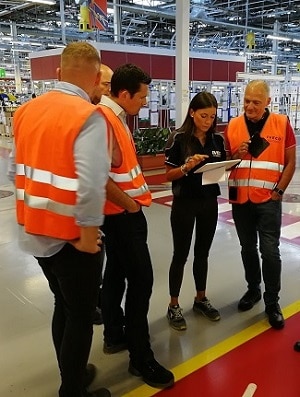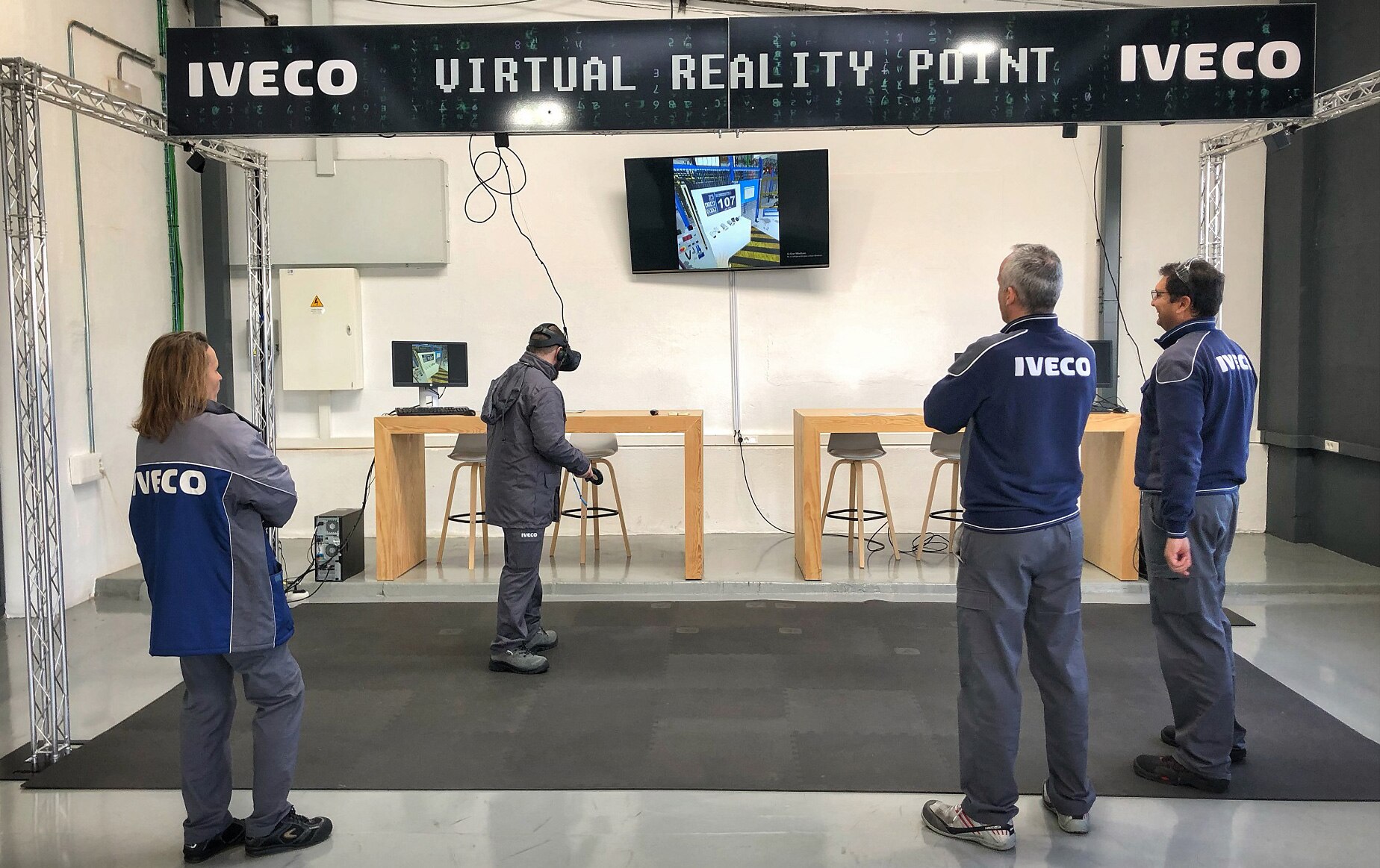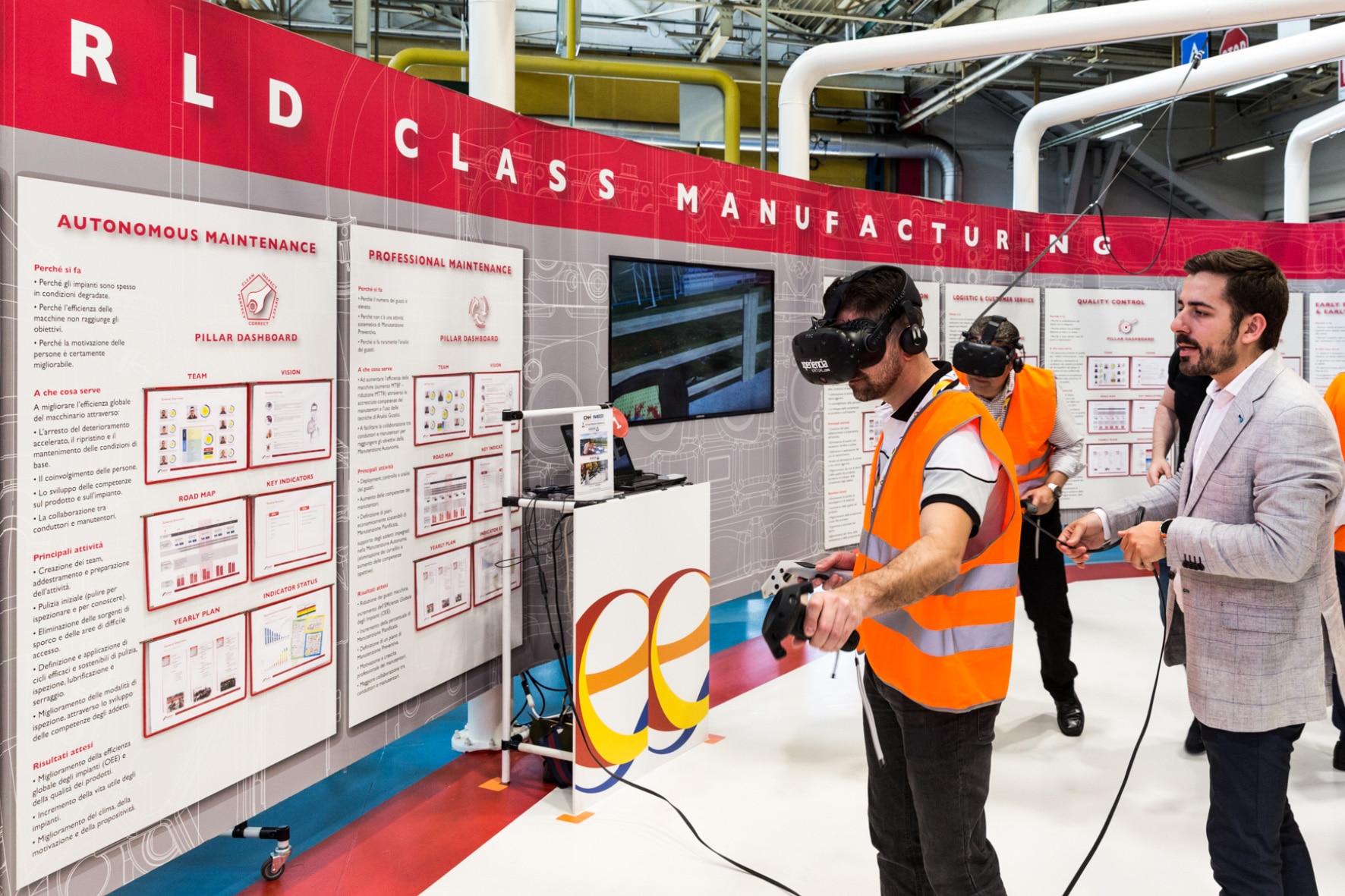WORKING FOR A SAFER FUTURE WITH WORLD CLASS MANUFACTURING


Focus on safety
The WCM program is structured around ten pillars. Each pillar involves a seven-step approach and auditing process, and the improvements are certified through periodic third-party assessments. “Among the ten pillars, safety is a critical element, with a strong focus on developing a culture of proactive prevention, as opposed to a merely reactive approach. It requires continuous improvements to workplace ergonomics and to the skills necessary to eliminate any potential hazardous event,” explains Angelo Carlucci, Head of WCM, Europe at CNH Industrial.
“Every pillar is scored from zero to five,” he continues. “The average score for safety was 2.3 at the end of 2013, and we only had one plant scoring four points at that time. At the end of 2020, after five years of activity, the average score for the pillar is 2.9, an overall increase of 30 percent. We moved up from one plant scoring four points to six.”
“Safety is the first pillar and the foundation of WCM,” says Modaffari. “What is central to safety is to achieve the full involvement of everyone at the plant, individually as well as collectively.”
During 2020, 14,332 WCM projects were implemented (of which 11.3 percent were related to Safety and Environment pillars), generating $68.2 million in savings.
At Valladolid, the innovative approach to health and safety is already showing results. The team responsible says it has noticed that employees respond enthusiastically to the more varied training schemes.
Getting the message across with Virtual Reality
“Virtual reality has helped us change how people think about health and safety,” explains Carlucci. The program is a crucial part of training because it allows the health and safety team to demonstrate the potential risks in day-to-day operations. “It makes it possible for us to illustrate what can happen should things go wrong, so they [the employees] see the potential gravity of the situation and understand it much better.”
The virtual reality system also has a high operational efficiency. “You can show people a whole range of situations very quickly,” says Modaffari. “It is easier and also more cost-effective to conduct training virtually rather than in a real-life environment.”
He adds that without regular training in scenarios such as welding and the assembly line, blue collar employees can sometimes miss the inherent risks. “It is easy for people to become overly-confident and forget the rules. The virtual reality systems remind them of the dangers and also reiterate the importance of personal protective equipment.”
The WCM approach is specifically designed to encourage the promotion of high standards of performance within the workplace, but emphasizes that no job is to be regarded as so urgent that it cannot be completed in a safe manner. “Safety is an ongoing commitment and represents a point of strength for the Company,” concludes Carlucci. And the results speak for themselves: over the past decade, since CNH Industrial first embraced WCM, its factories have been receiving high ratings from auditors. At present, 28 CNH Industrial plants have bronze medals, 16 have silver and two – in Madrid and Valladolid, Spain – have been awarded the coveted gold medal as part of the WCM program.


The IVECO virtual reality point utilized for training in Valladolid, Spain


Using the virtual reality for learning the correct and safe work procedures in a CNH Industrial plant
Please note: All picture comes from the WCM EXPlOre CNH Industrial Event and were taken prior to the COVID-19 pandemic.

